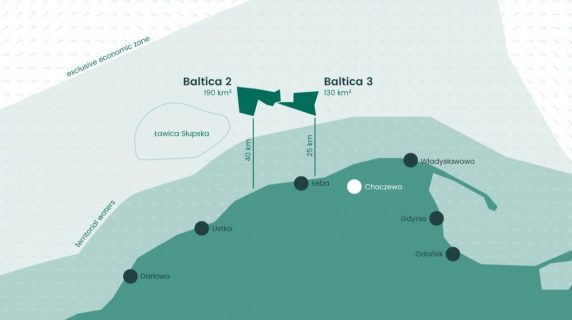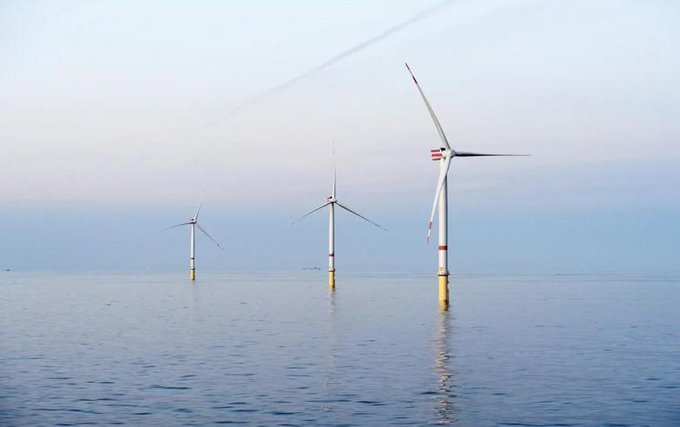Plans are underway to develop a construction plan for both of the Baltica Offshore Wind Farm’s phases, Baltica 2 and Baltica 3. The project is being implemented by Ørsted and PGE Group.
Work will be done by the Polish design firm Projmors Maritime Construction Design Office. This will be in partnership with a Danish-based worldwide consulting, engineering, and design business Ramboll Polska. The contractor was chosen through a competitive dialogue tendering process.
To be precise the contractor will create design documentation for the Baltica Offshore Wind Farm’s technical design as well as for the foundations, turbines, internal cables, and power stations at sea. In addition, the consortium will be in charge of putting together the necessary paperwork and getting a building permit.
“We are pleased to have hired an experienced consortium to handle one of the Baltica 2+3 project’s most crucial scopes. In a wind market where competition is fierce, players can develop their skills and experience by joining forces with regional and international companies to form consortia, for example.
We have seen similar effective strategies in other markets. Now we can see them in Poland as well,” said Sren Westergaard Jensen, Project Director at Baltica Offshore Wind Farm on behalf of Ørsted.
Read Also: Refurbrishment almost complete on Southampton’s Redbridge Causeway
Implementation of the Baltica Offshore Wind Farm project

The first phase of the project, Baltica 3, which has a capacity of up to 1045.5 MW. It is set to begin operations in 2026, according to the timeline. The following phase, Baltica 2, which has a 1498 MW maximum capacity, is set to be operational in 2027.
Both phases of the IMF Baltica have received the right to a contract for difference (CfD). Additionally, they have received location decisions (PSzW), environmental decisions for the maritime section, transmission network connection agreements with the operator, and more.
The project partners anticipate receiving additional administrative rulings for the onshore transmission component in 2022. Furthermore, they will also begin the process of getting a building permit. Before making the final investment choice, these remaining permits are needed.
